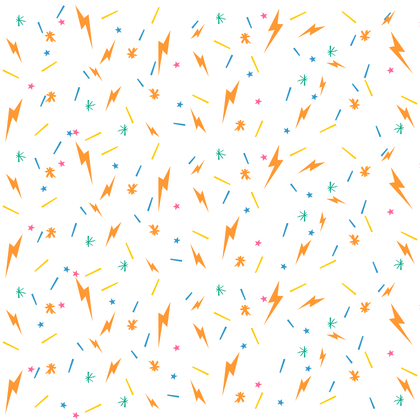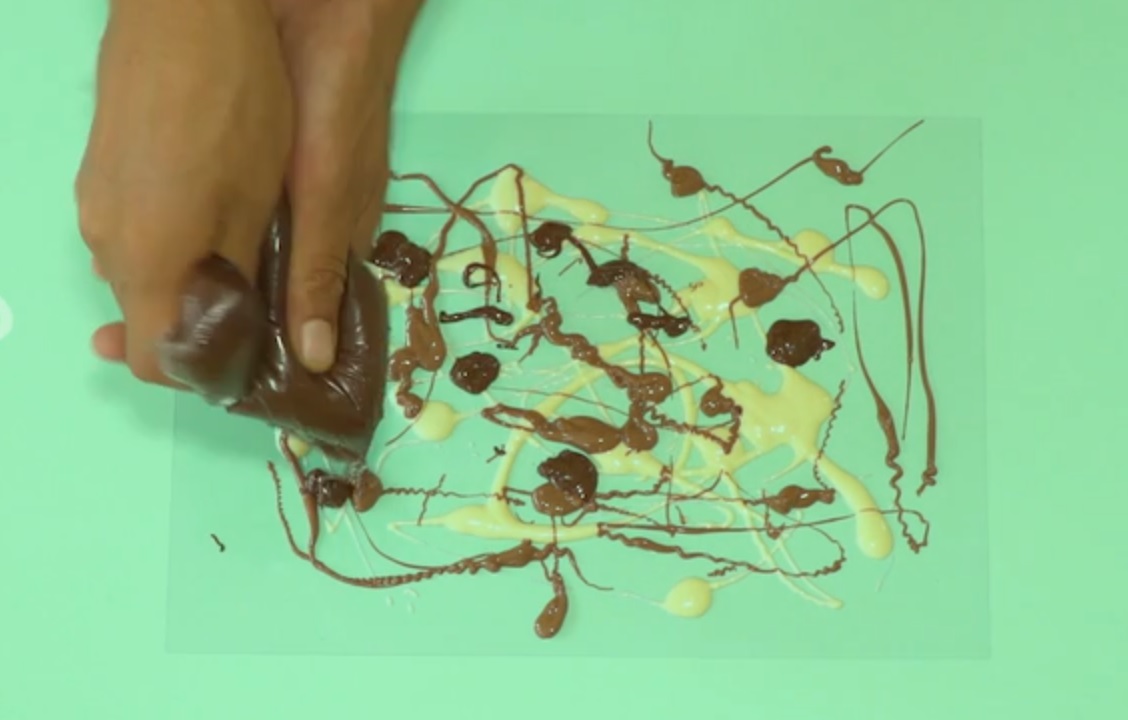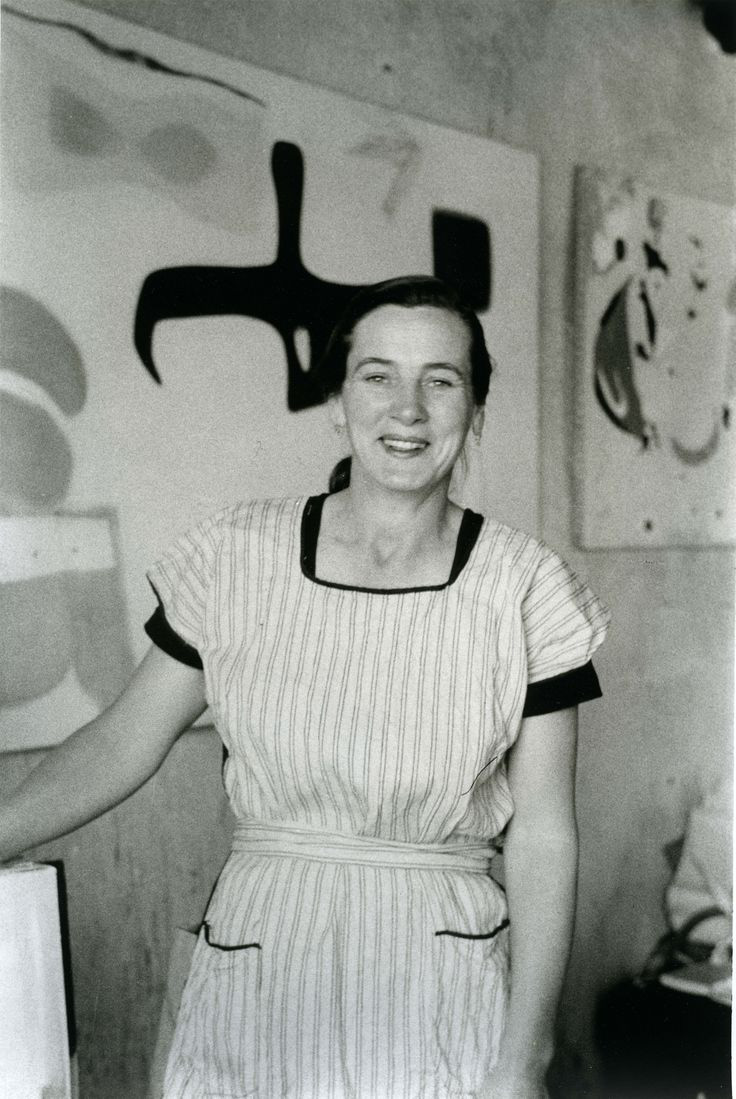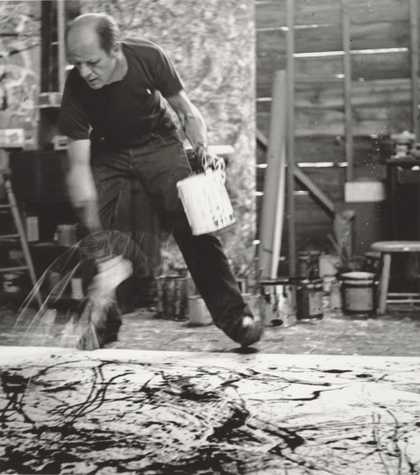
Jackson Pollock, 1950
Photograph by Hans Namuth Courtesy Center for Creative Photography, University of Arizona
© 1991 Hans Namuth Estate
This photograph shows Jackson Pollock at work...just look at the mess he is making on the floor!
He dripped paint onto large canvases on the floor. This way of painting was called action painting because Pollock would move very quickly across the painting, dribbling the paint in long, wobbly lines. Sometimes he threw the paint onto the canvas – and some of his paintings still have footprints on them from when he stepped in the paint.
Pollock was born in 1912 in Wyoming in America. When he was eighteen he moved to New York and trained as a mural painter. This meant he was used to working on a very large scale and so the idea of painting on a big canvas didn't scare him at all.
In 1943 a very rich art collector called Peggy Guggenheim asked him to make a mural for her. Pollock was so excited that he ripped down a wall in his house so that he could fit a huge 20 foot canvas inside. Peggy was very pleased with the painting and she invited him to have an exhibition at her gallery.
Jackson Pollock was an abstract expressionist artist. The abstract expressionists were a group of young New York artists who made paintings that were non-representational, meaning they didn't look like anything. Instead they tried to show emotions, like happiness or anger, in the expressive marks that they made in their drawings, paintings and sculptures.
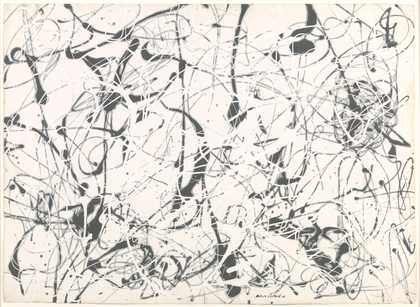
Jackson Pollock
Number 23 (1948)
Tate
The abstract expressionists were also influenced by a type of surrealist art called automatism.
Wait, what is automatism?
If you use automatism to make art, you don't plan what you will draw or paint, but use chance and accident to make your picture.
Get a piece of paper and a pencil. Put your pencil on the paper. Then close your eyes and let your pencil draw all over the paper. Now open your eyes. You have just made your first piece of automatism!

Jackson Pollock
Summertime: Number 9A (1948)
Tate
This painting is called Summertime, Number 9A. It was painted in 1948 at a happy time in Jackson Pollock’s life when he had just moved to a farmhouse in the countryside with his wife.
Do you think it is a sunny painting?
Jackson Pollock enjoyed listening to music, so the title of the painting could also refer to a popular song called Summertime by George Gershwin. Some people think that his paintings havea rhythm to them like music. What do you think? Do some of the marks in this painting remind you of dancers crazily dancing?
Jackson Pollock died in 1956, but his work continues to inspire artists from all over the world to experiment and invent new ways of painting.
